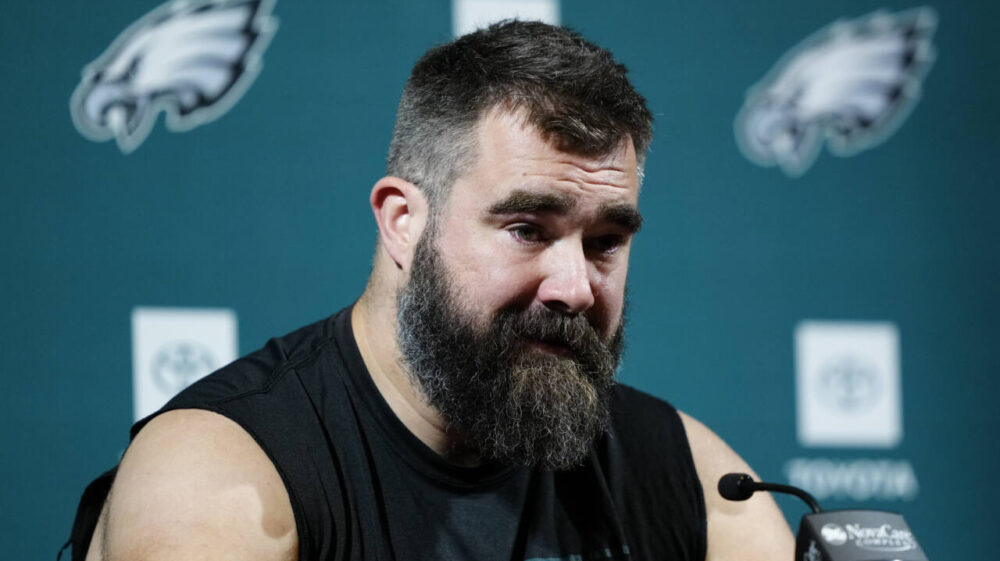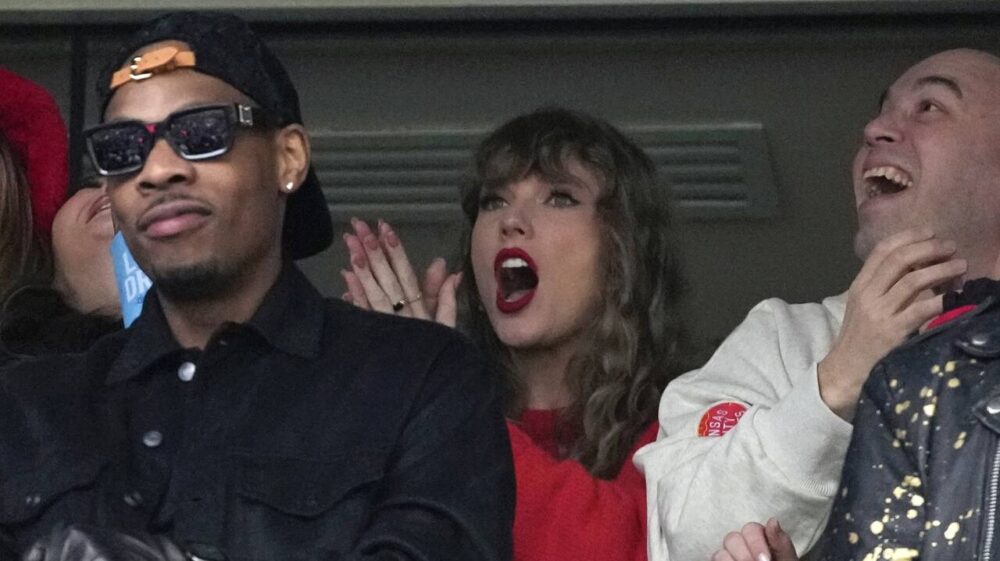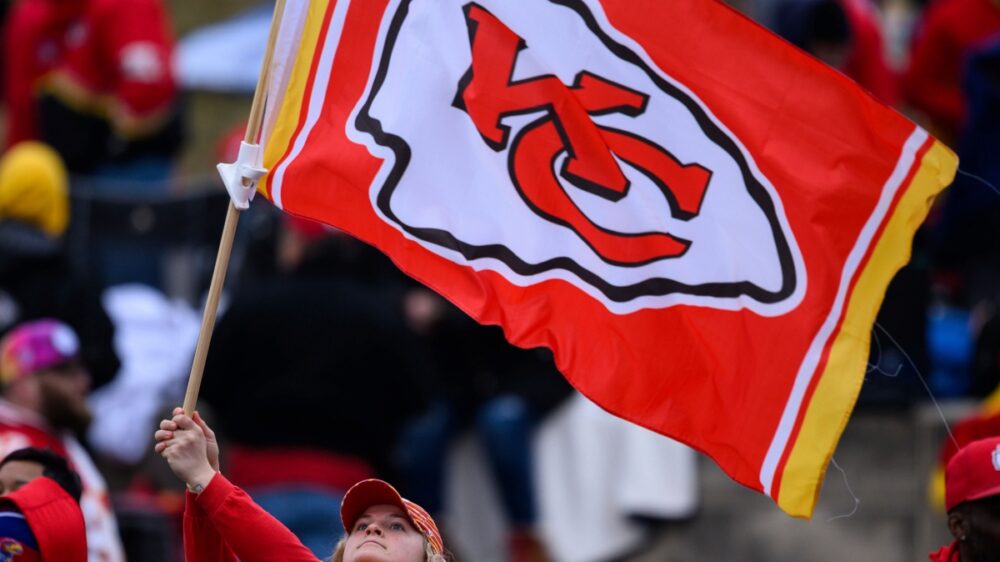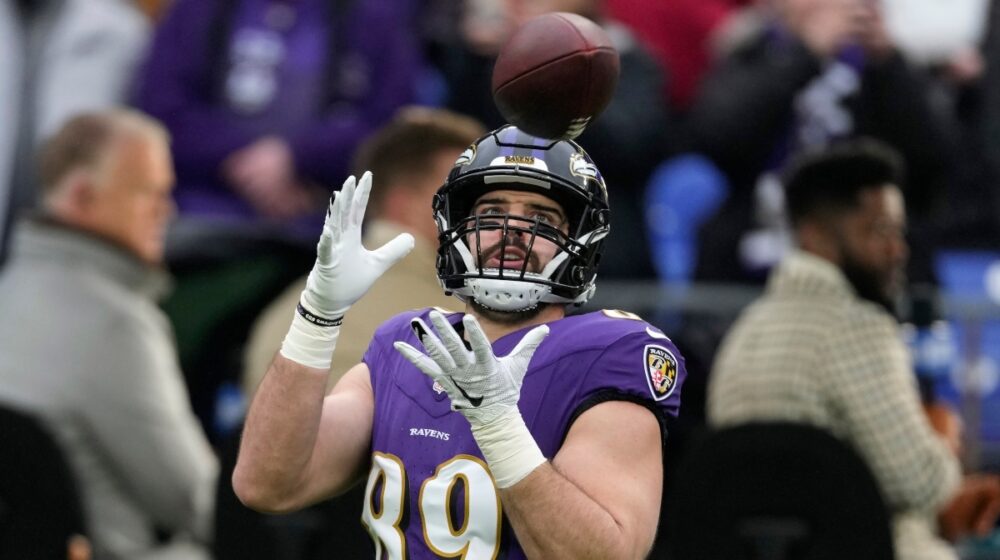How Many Cows Does It Take To Make A Football?
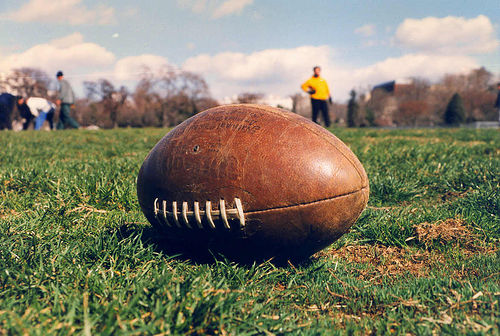
Cows are pretty important to football. Yes, they feed people, but their hides also makes the tool that the game revolves around—the ball itself. (Nope, footballs, though they’re called pigskins, aren’t actually made from pigskins.)
It takes about 22 cowhides to make the footballs for one NFL Super Bowl, according to Ozy. A Super Bowl requires 216 footballs because each of the two teams gets 54 for practice and 54 for game day. One cowhide can make about 10 balls, Kevin Murphy, the general manager of Wilson Football, which as been the official NFL ball-maker since 1941, told Ozy.
If each regular season game uses half the amount of balls that a Super Bowl does (which would be a conservative estimate), then 3,000 cow skins are being used to make footballs for the NFL each year.
And how are these extra special game day footballs made? Wilson receives its leather from cows in Iowa, Kansas and Nebraska. Then, workers at Wilson’s factory in Ada, Ohio, handcraft each football. But not just anyone can make an NFL football—no way. Murphy said that designing and creating those footballs is “a craftsman’s operation,” and that people who make game day balls have 20 years of experience under their belts.
Animal rights advocates don’t really see the creation and use of cowhide footballs as necessary, though. Edita Birnkrant, campaigns director of activist group Friends of Animals, told Ozy, “It’s the 21st century,” and that every fabric can easily be replicated, replacing the need for hides from thousands of cows.
Why is it such a big deal? Because research has shown that raising and mass producing animal meat is one of the biggest contributors to greenhouse gases and climate change, according to Scientific American. Not to mention, animal rights activists like Birnkrant have science behind their claims that cows aren’t much different, intellectually or emotionally, from our cats and dogs, according to ABC News. And eating cats or dogs would make most people in the U.S. lose it.


Of course, Murphy doesn’t agree that synthetics would work as well for footballs. He stated that the useful (and also slightly creepy thing) about leather footballs is that they mimic skin, which adapts to weather by contracting and expanding. He said synthetics are great for indoor sports like basketball, but that the adaptability of leather is great for football. He did admit that “Leather is it today, but it doesn’t mean it is tomorrow.”
This isn’t the first time the issue has come up either. In 2003, the NCAA decided to use synthetic basketballs instead of leather basketballs in the national tournament that season, according to the Chicago Tribune. Since then, the NCAA has allowed colleges to decide what kinds of balls to use, and the NBA has gone back and forth between leather balls and synthetic ones, according to ESPN.
When the NCAA made its big decision in 2003, People for the Ethical Treatment of Animals celebrated the move as a victory, even though the NCAA said it had nothing to do with animal rights arguments, according to the Tribune.
Mike Kuehne, director of basketball marketing for Wilson at the time of the 2003 decision, seemed to have the same “leather is it today” attitude that Murphy had with Ozy, according to the Tribune. He said the choice to use leather for basketballs was more of a convenient result of Americans’ dietary decisions.
“No animals are exterminated strictly for use in sports equipment,” he told the Tribune. “The leather we use is a byproduct of the meat industry. If Americans stopped eating meat, we would no longer use leather.”
Who knew that the decision to eat meat traveled as far as footballs?


